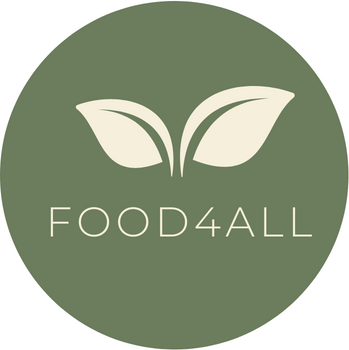Changes in temperature and precipitation patterns can alter the traditional growing seasons. Warmer temperatures may lead to longer growing periods or, in some cases, allow for the cultivation of crops in regions that were previously unsuitable. Theoretically, the increase in the average value of global temperature would produce an increase in crops production and thus a higher availability of foods. However, this is not the case since the other consequences of climate change namely extreme flooding and drought, disastrous heat waves, torrential rains, have a negative impact on crop yields and on other food producing sectors. Particularly in tropical regions of the earth (i.e. Equator, parts of North and South America, Africa, Asia, and Australia), a decrease in crop yields has been noted and is more apparent in developing countries since for these ones is more difficult to adapt in the changes. The reason for these difficulties is the limited access on technological developments and foremost the financial issues. On the other hand, areas in high latitudes is expecting to be benefit from the climate change due to the extension of the growing season, but with a greater risk of pest spread from temperate zones. Changes at the crop production areas may arise also by the rise at the sea level which poses a threat to coastal regions and low-lying areas usually used as cultivating fields.
Apart from crops yields, the nutritional quality of crops is also affected by the climate change and, consequently, food safety. Some studies suggest that the rising temperatures and the increased carbon dioxide levels may lead to a decrease in certain essential nutrients in crops, such as zinc, iron, and protein. The latter can also impact the ratio of carbohydrates to proteins in certain crops, influencing their overall nutritional quality.
The reduction of crop production can also have significant implications to the animal feed, subsequently impacting food safety in various ways. A decrease in crop production leads to reduced availability of key ingredients used in animal feed, such as grains and oilseeds. This can result in shortages and increased prices for feed, affecting livestock farmers’ ability to provide a balanced and nutritious diet for their animals. However, insufficient, or imbalanced nutrition can impact the health of livestock, since malnourished animals are more susceptible to diseases, and the use of suboptimal feed may increase the risk of contamination. More susceptible to diseases are also the animals live under overcrowded conditions and thus stress led to a weak immune system. In situations where livestock health is compromised due the above, farmers might increase thr use of antibiotics or other veterinary drugs. The overuse of such substances can have implications for residues in animal products, potentially affecting food safety. The use of alternative or lower-quality feed ingredients could be a solution for the farmers’. On the other hand, these alternatives may introduce new challenges, including the potential for mycotoxin contamination or unbalanced nutritional profiles. Finally, livestock farmers facing feed shortages may experience economic challenges, affecting their ability to invest in proper animal husbandry practices and biosecurity measures. Economic stress within the livestock industry can indirectly impact food safety by limiting resources for disease prevention and control.
